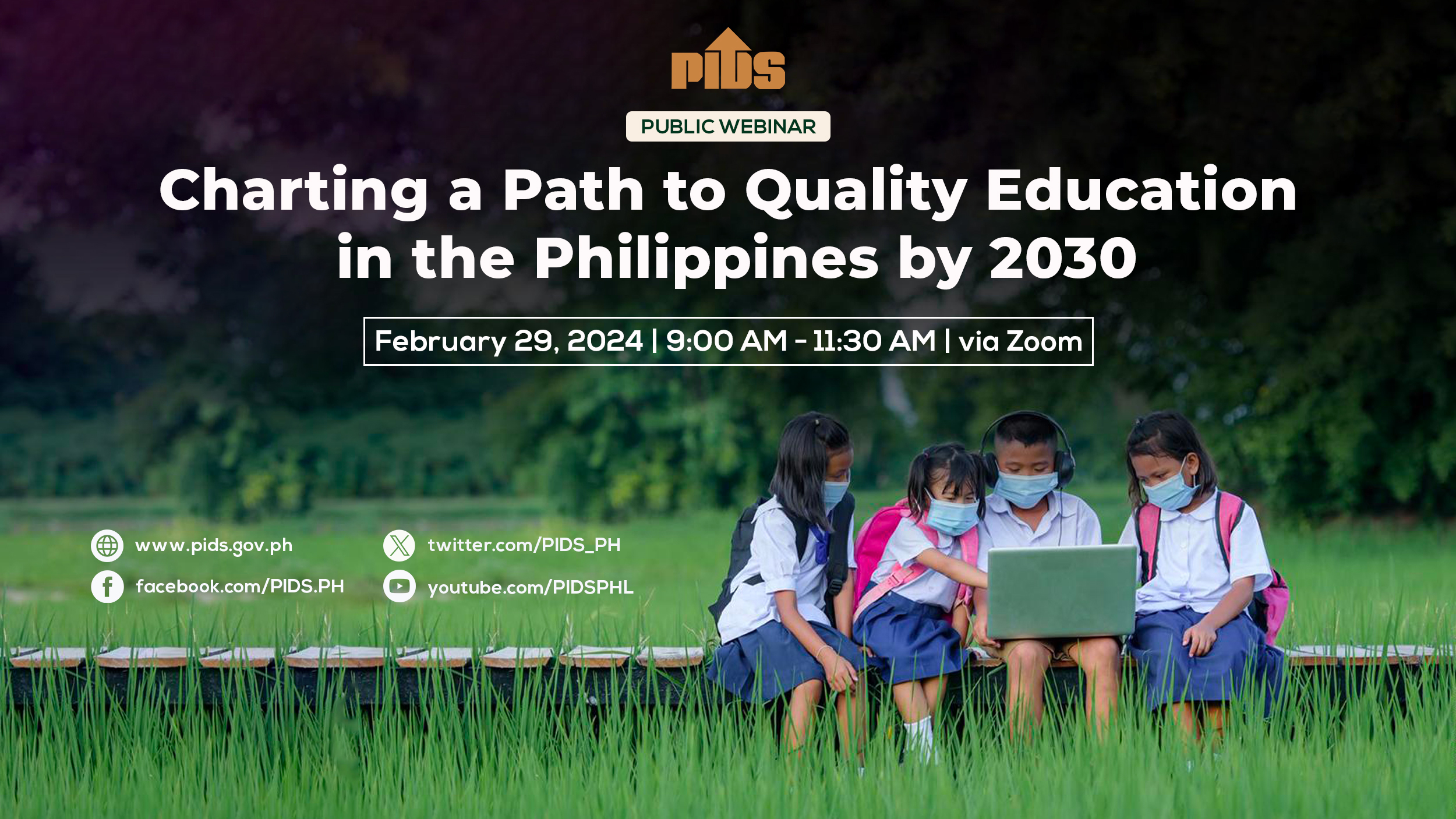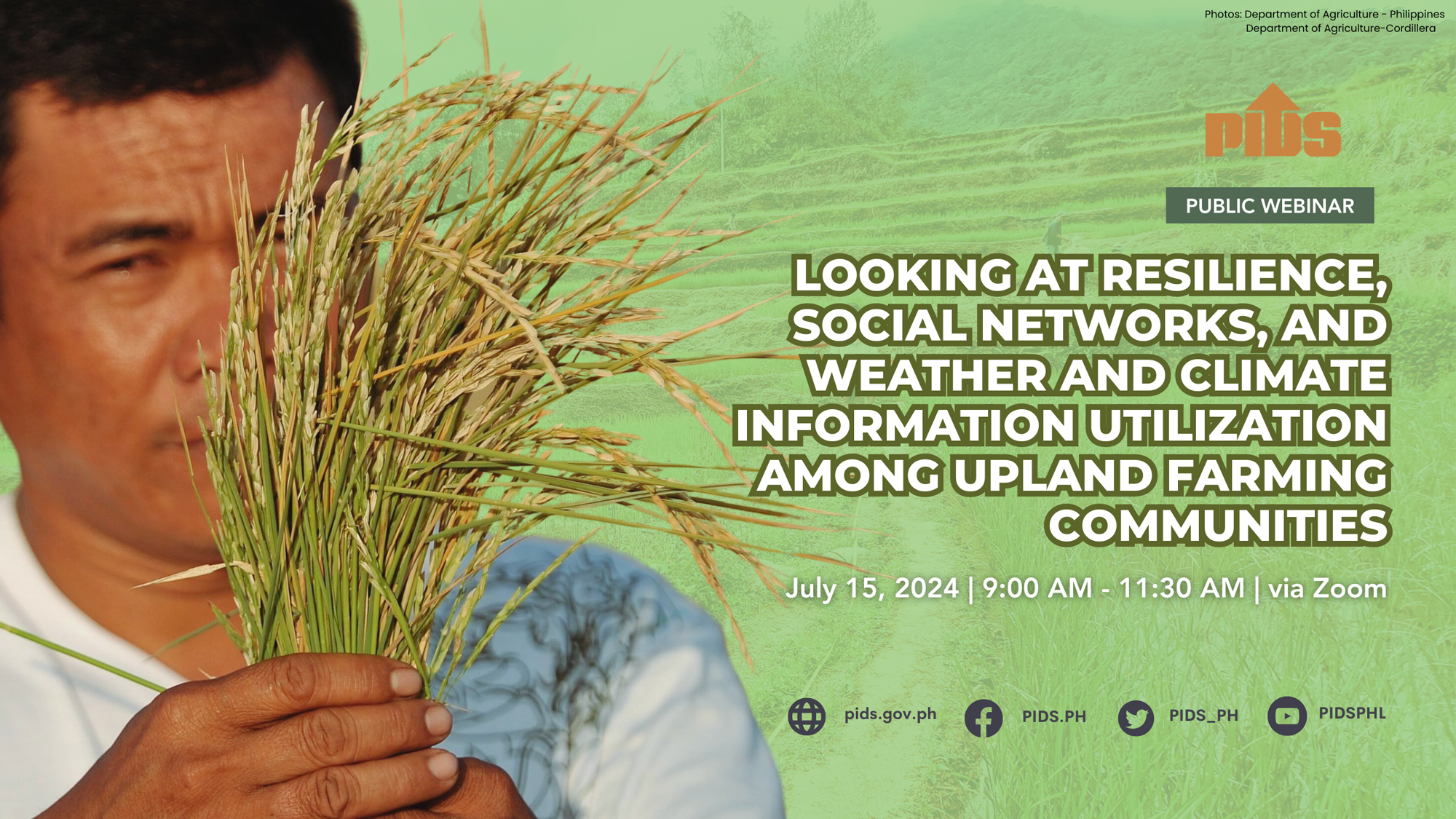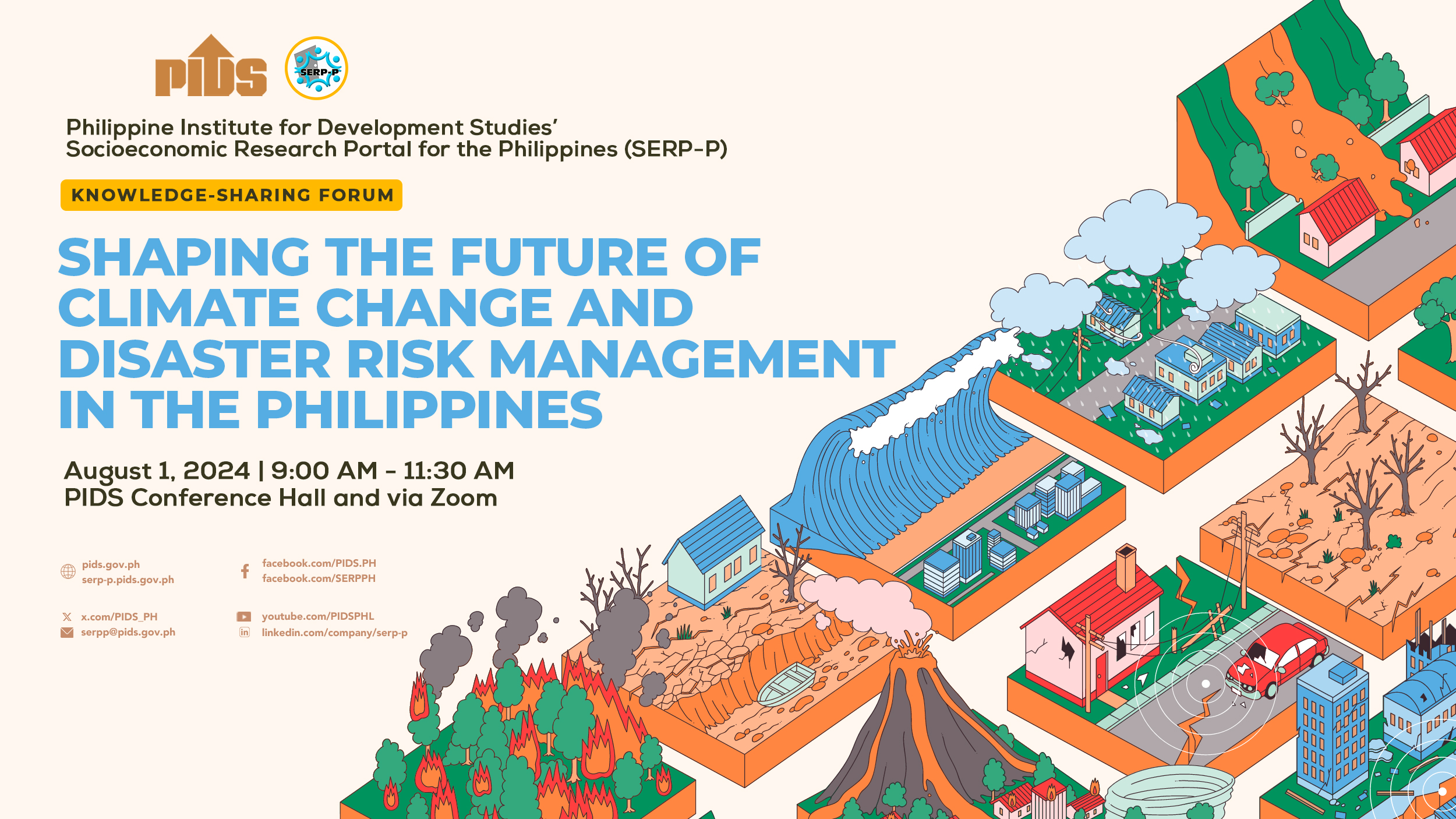The country’s chances of meeting the education and climate change-related Sustainable Development Goals (SDGs) are promising based on the findings of the Voluntary National Review (VNR) crafted by the government.
In the VNR, the Philippine Institute and Development Studies (Pids) and National Economic and Development Authority (Neda), through the help of the United Nations Economic and Social Commission for Asia and the Pacific (Unescap), also found that efforts to achieve other goals show mixed progress.
“What we can only say is that overall education goal is promising, among the six goals [we included in the report]. Battling climate change was also promising given the country’s disaster plans. But other goals especially on human rights show mixed progress,” Pids Senior Research Fellow Jose Ramon Albert told the BusinessMirror over the weekend.
According to the report, achieving the targets is feasible due to the institutionalization of the Alternative Learning System (ALS) and the efforts of the Department of Education (DepEd) in reaching out to the private sector in terms of the “last mile.”
Reaching out to the last mile means including out-of-school youth and other vulnerable groups in education services.
Based on the VNR, the Philippines improved from the baseline data on several indicators such as the elementary net enrollment rate to 94.2 percent in 2017 from the 91- percent baseline in 2015; completion rate, 92.4 percent from 84 percent; and cohort survival rate, 93.7 percent from 87.5 percent.
In the secondary level, improvements were seen in the net enrollment rate to 76 percent in 2017 from the 73.6 percent-baseline in 2015; completion rate, 84.3 percent from 74 percent; and 85.6 percent from 81.6 percent.
The report also noted that in terms of the Technical and Vocational Education and Training (TVET), certification rate improved to 92.9 percent in 2017 from the 91.1-percent baseline.
However, dropouts or school leavers rate both in primary and secondary declined to 1.6 percent and 5.2 percent in 2017, respectively. The 2015 baseline dropouts or school leavers rate in primary and secondary was at 2.7 percent and 6.6 percent, respectively.
The VNR noted that data is not available in terms of tracking the proportion of children at the end of primary and secondary to achieve at least a minimum proficiency level in reading and mathematics.
Climate-change mitigation
IN terms of SDG 13 on climate action, the VNR showed that efforts such as the passage of the Climate Change Act of 2009 which created the Climate Change Commission (CCC), helped push for the achievement of the goals.
This was followed by the passage of the National Disaster Risk Reduction and Management Act of 2010 and the People’s Survival Fund Act of 2013 which established a P2-billion fund to augment financial support for local adaptation projects.
Efforts to support climate action also included the establishment of the Cabinet Cluster on Climate Change Adaptation and Mitigation, which helped strengthen Disaster Risk Reduction nationwide.
The VNR noted that there is improved knowledge and awareness on low-emission development through the passage of the Energy Efficiency and Conservation Act of 2019; Green Building Code of 2016; and Green Jobs Act of 2016.
“The government, through Neda, is also developing a National Action Plan on Sustainable Consumption and Production,” the report noted.
Based on the VNR, only the indicator on the number of directly-affected persons attributed to disasters declined to 682,315 as of 2018 from the baseline of 846,651.
Data showed, however, that the number of deaths attributed to disasters per 100,000 increased to 352 in 2018, from the baseline of 116 in 2016. The same happened to the number of missing persons attributed to disasters per 100,000, which increased to 38 in 2018, from 29 in 2016.
The VNR stated that the latest data was not available for the proportion of local governments that adopt and implement local disaster risk-reduction strategies in line with national disaster risk-reduction strategies.
Of the 17 regions, only Region 5 or the Bicol region does not have a baseline rate. But Regions 2, 8, 9, 10, 11, 12 and the Autonomous Region in Muslim Mindanao (ARMM) had a baseline rate of 100 percent.
The region which has the lowest proportion of local governments that adopt and implement local disaster risk-reduction strategies in line with national disaster risk-reduction strategies was Region 6, or Western Visayas, at 25.1 percent.
“One hundred percent of the LGUs in nine of the 17 regions have incorporated risk-reduction strategies in their respective local plans; yet, LGU capacity to implement remains limited by financial constraints and technical expertise. Beyond funds, LGUs need knowledge in translating their risk-informed plans into implementable and bankable projects,” the VNR stated.
Albert said efforts to monitor and meet the SDGs are “complicated.” Based on the VNR, the midterm update of the Philippine Development Plan (PDP) could see the addition of more targets in the SDGs that the country will have to meet by 2030.
This is because of the addition and changes in the indicators that have to be met nationally in relation to the global targets. Not all the global SDGs will have to be met given that some targets are not applicable to some countries.












